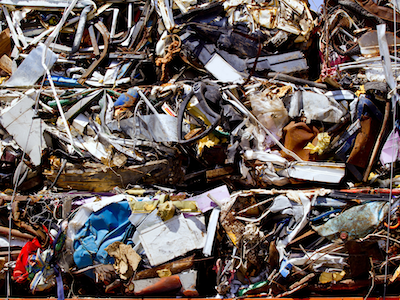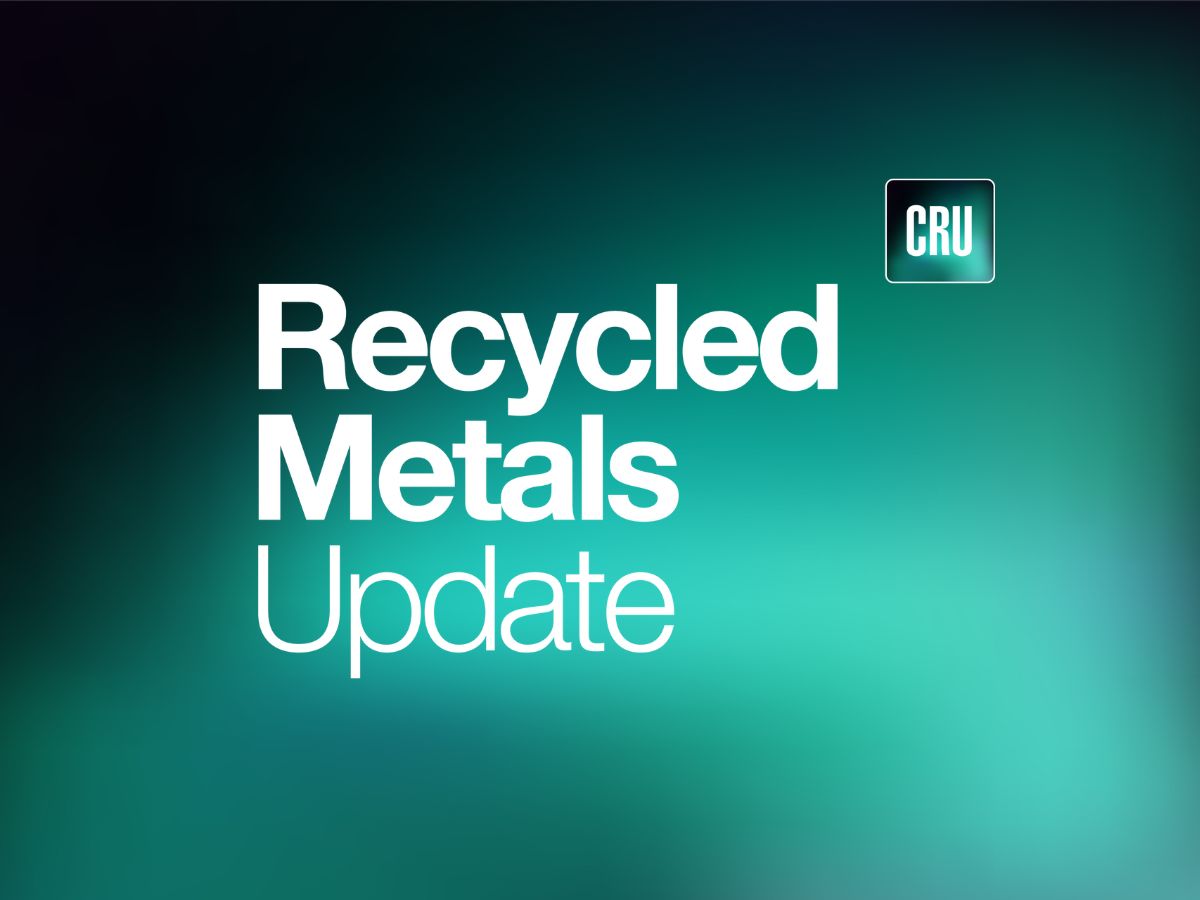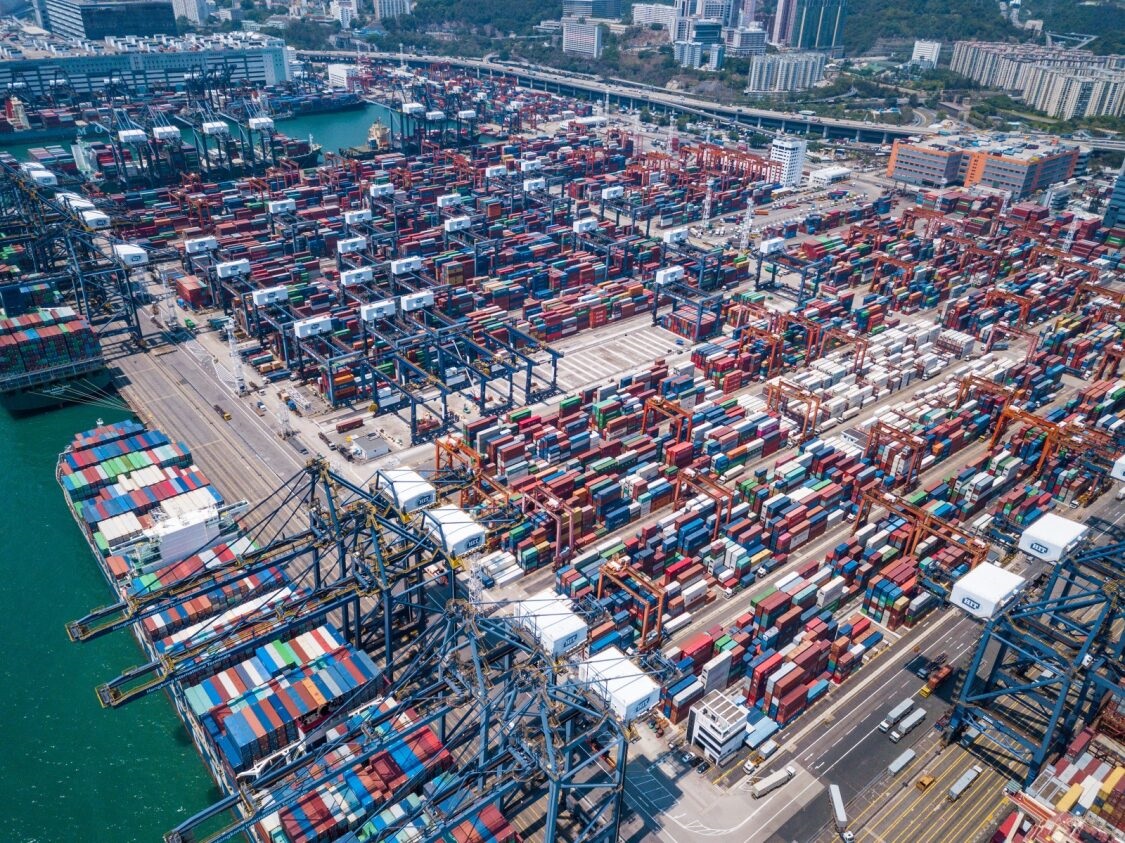Scrap Processors

September 17, 2024
NF recycled metals optimization at its best
Written by Gabriella Vagnini
Since the non-ferrous sector of the recycled metals industry still can’t make out what the future looks like for their side of the metals industry, or at least for the next six months, we turn to the base/primary metals to try and shed some light. After all, our pricing is based off of base metals, so it seems like a natural turn.
The total copper production in Chile is showing a 1.7% gain year on year, as listed in CRU. While this does sound great, it’s a 10% drop in output for Codelco, which is the largest producer of copper in the world. They’ve been navigating their own issues, on everything from fatal accidents to strikes, but the real problem is that ore grades are declining. Although they have a very aggressive plan to get back to a 1.7-million-ton production level by 2030, that’s a long way away. The industry is going to need every ton of copper that they can get. Demand is rising, which of course is driven by EVs, natural renewables, solar power, and wind power, and this stuff isn’t coming at a better time. If anything, I think you’ll see all of this increasing demand start to erode primary supply and we will see more primary copper supply coming from scrap to meet those shortfalls. The shortfall in supply will put pressure on the price and that’s where we come in on the scrap side. That’s when demand increases, and the scrap part of the industry would have the ability to fill that hole when primary producers are falling down. Now, seeing as this would drive up primary copper prices, how do you think this will affect recycled metals prices? Will we see recycled metal prices surpass primary prices? That is, of course, if there is actually enough scrap to go around.
And in a separate but related trajectory, aluminum now also appears to be headed into a sustainable progression. For this major industry that has been touted as a particularly low impact metal, we’re seeing some impressive improvements on the recycling side, notably in automotive applications.
Novelis, for example, is aiming at much higher levels of recycled content, working directly with automakers to create the “high-recycled content vehicle of the future” and designing applications that use aluminum alloys for optimal vehicle performance and fuel efficiency. The emphasis here is on efficient recycling at the end of life, including collaboration between manufacturers and scrap yards (including salvage facilities, rebuilders and vehicle dismantlers) to help prevent downcycling, as well as maximizing the effort to keep high value (not scrap) aluminum out of the waste stream. And as electric cars become the norm, that end-of-life recycling becomes even more critical.
Unialloy designs and increased separation capabilities, such as AI sorting systems, are helping Novelis possibly take the lead in this area. The company has developed closed-loop recycling systems as well as partnerships with automakers from all over the world. It has also invested in AI sorting and unialloy designs that help the recycling process by separating out the high-value alloys before they are mixed with the lower-quality parts. Soon afterwards, Novelis’s competitors, Alcoa (based in the U.S.), Constellium (in France), Rio Tinto (in Germany), Hydro (in Norway), and more, had started innovating in this space. But Novelis’s tight coupling with the automakers has given it an edge.
Aluminum prices are drifting back and forth close to $2,530/mt. The Fed is poised to cut rates. The dollar is lower. Prices could go much higher. It is definitely time for the recycled metals business to take advantage of new recycled aluminum demand; Constellium has opened two recycling centers in France that point to big automotive and packaging moves ahead.
Not to be forgotten are Ma’aden and Alba – their combined strength will rock the aluminium market and disrupt supply dynamics, which will create more opportunity for recycled metals to become a competitive alternative. The most recent Vedanta environmental breach bringing water into the mine only illustrates the environmental risks of primary production, of what has been called “dirty” production. Which is another reason why more companies are turning to recycling and possibly further away from the “dirty” primary production.
But most important is ASG’s greenfield – a new foundry in France that will utilize aluminum billets made from recycled aluminum sourced in Europe. They are said to be mixing their waste, which is coming from refurbishment, and sell products with high demand in the market (windows frames, electric vehicle parts, among others). In 2025, the plant is destined to become one of the major players in Europe. For us, that means additional increases in demand for recycled materials.
Once relegated to the “tailings” of the supply chain, recycled metals now sit at its heart. There’s just one big question: will there be enough recycled metal to go around? We might have some answers, for better or worse, following feedback from this month’s conferences. But one thing stands out, if we are running at minimum now and primary production seems to be slowing, then were will all of this scrap come from to fill not only current demand, but demand from the new facilities coming online in the next year or two? A reoccurring question that is becoming a growing concern.





